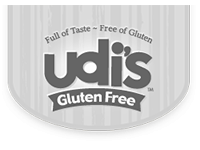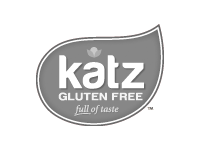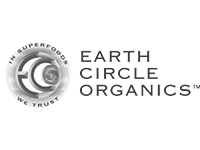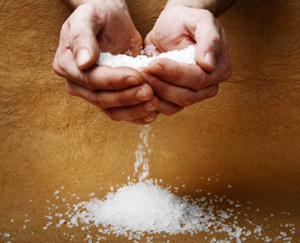Gluten Free
What does following a gluten-free diet mean? That you're embarking on an easy diet with a wide range of health-promoting effects. Instead of dwelling on what you’re giving up, consider that you’re going to enjoy a whole new world of delicious food options to meet your special dietary needs. You’ll be eating seasonally, choosing more fresh fruits and vegetables, focusing on meats, seafood, poultry, legumes, lentils, corn, and rice, and discovering fascinating ancient grains such as quinoa, amaranth, and millet. You’ll be able to eat potatoes, eggs, most cheeses, even chocolate (!)—and enjoy them without guilt because you’ll be taking good care of your body. In fact, you’ll probably end up eating—and feeling—better than ever!
Visit this page for more information about living Gluten Free
---
We carry a large variety of gluten free items, the brands listed below represent just some of the offerings we carry















More Diets
- By Suzanne Dixon, MPH, MS, RD
Salt Is No Friend to Heart or Head
TraceGains Newswire (December 3, 2009)—When it comes to heart and vascular health, nearly everyone can benefit from eating less salt. Studies have long linked high salt diets to greater risk of high blood pressure, itself a risk factor for heart disease and stroke. But health experts aren’t sure whether salty diets increase risk of these diseases in people without high blood pressure, and in those not as sensitive to the hypertensive effects of too much salt. New research provides some insight.
Processed food is the single biggest source of salt in the American diet
Salty studies
A process called meta-analysis was used to combine and analyze data from 13 previous studies. The advantage of this approach is that it allows for large numbers of people to be studied together, increasing the likelihood that relationships between dietary salt and risk of disease will be discovered, if they exist.
The study revealed that:
- Higher salt diets are linked to higher rates of strokes and cardiovascular events (heart attacks). Even among people with normal blood pressure, higher salt intakes increased disease risk.
- The relationship between salt and risk of strokes and cardiovascular events is dose-dependent: the more salt a person eats, the higher his or her risk of these diseases.
- For a 5-gram per day difference in typical salt intake, there is a 23% increased rate of stroke and a 17% increased rate of cardiovascular events. For example, a group of people eating an average of 10 grams of salt per day will have 23% more cases of stroke and 17% more cardiovascular events compared with a group eating 5 grams of salt per day.
- At the population level, a 5-gram reduction in daily salt intake could lead to 1.25 million fewer deaths from stroke and approximately three million fewer deaths from cardiovascular disease worldwide.
Salt vs. sodium
Salt is made up of sodium and chloride. In the US the recommended dietary allowance (RDA) is given in terms of sodium, not salt. The maximum recommended intake of sodium is 2,300 mg (2.3 grams) per day. For certain groups—those who are 51 and older and those who are African American, or have high blood pressure, diabetes, or chronic kidney disease should consume no more than 1,500 mg (1.5 grams) per day.
To convert grams of sodium into grams of salt, multiply by 2.5. This means 2.3 grams of sodium is the same as 5.8 grams (2.4 x 2.5) of salt.
Average salt intake in the US is 10-12 grams per day. This means most of us need to cut our salt intake in half to reduce our risk of high blood pressure, heart disease, and stroke.
Desalination
To reduce your salt intake:
- Processed food is the single biggest source of salt in the American diet. Particular salt offenders include soup, crackers, chips, bread and baked goods, cereal, sauces and dressings, cold cuts and deli meats, pickled foods, and cured and smoked foods.
- Read labels and avoid foods with more than 230 mg of sodium, or more than 10% of daily intake, per serving.
- Decrease dietary salt slowly over time. As your taste buds adapt, you will be amazed at how salty things you used to eat now taste.
- Remove the shaker from the table to reduce the temptation to salt your food.
- Iodized salt is one of the main sources of dietary iodine in the US, so Americans eating less salt need make sure to get enough iodine from other sources, such as a multivitamin that contains this mineral.
- Cook with less salt.
- Limit salty items such as soy sauce, ketchup, broth, and bullion cubes.
- Always chose “no salt added” when buying canned foods.
(BMJ 2009; Online First Nov 24, 2009)












